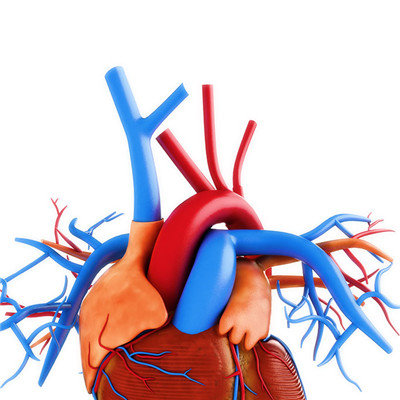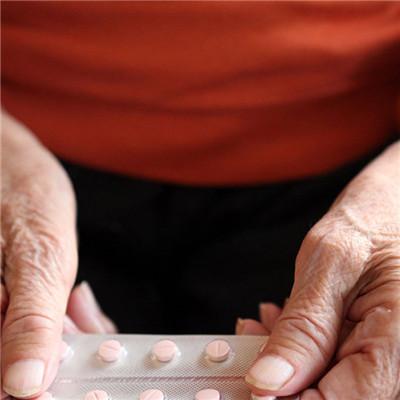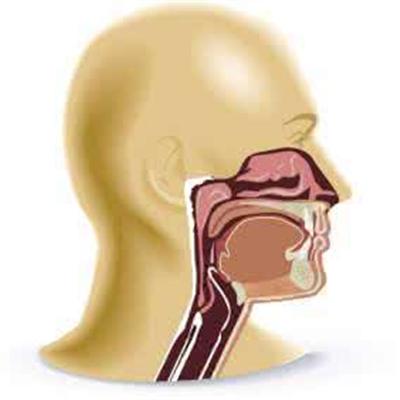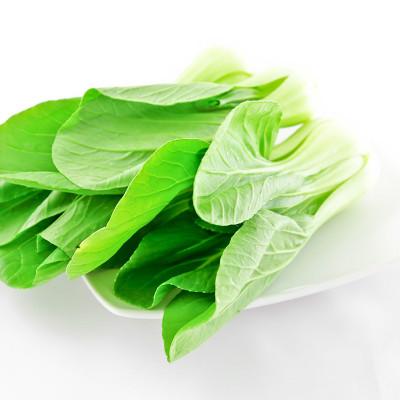Eosinophilic cellulitis?
summary
Eosinophilic cellulitis, also known as Wells syndrome, is a rare and recurrent skin disease with unique clinical (single or multiple lesions like cellulitis at first and then hard spots) and histopathological changes (obvious eosinophilic infiltration and inflammatory granuloma with flame like pattern in dermis), accompanied by increased eosinophils in peripheral blood. Eosinophilic cellulitis? Next, I'd like to share my views with you.
Eosinophilic cellulitis?
Skin lesions usually invade the limbs or trunk, with single or multiple erythema, burning sensation or pruritus as the precursor symptoms, followed by edematous arc or ring nodules and plaques, with lavender rings around them,

There may be blisters on the skin, and hemorrhagic blisters in severe cases. The color of the new skin rash was bright, and gradually changed to rose red or purple. Some of the plaques had green changes before they subsided. In the later stage, there may be infiltrating, hardening and annular plaques, which may be similar to scleroderma, and gradually subside after 3-6 weeks. Induration or atrophy may be left after the skin lesions subside.
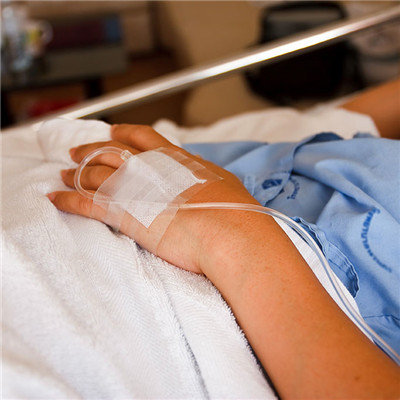
It may be accompanied by general fatigue, joint pain, hepatosplenomegaly, fever and asthma. The percentage of eosinophils in peripheral blood increased by 13% - 14% in routine blood test; Erythrocyte sedimentation rate was normal or increased; Serum IgE was normal or increased; ANA: positive in some patients; Bone marrow examination: eosinophils increased significantly.
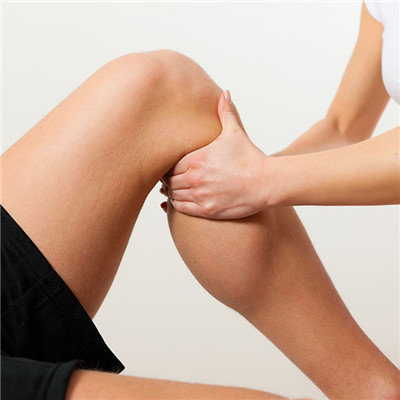
matters needing attention
Supplement nutrients and eat more fresh fruits and vegetables. Eosinophilic relapsing granulomatous dermatitis which food should not eat best: avoid spicy and fried food, avoid food that can cause allergy, such as wine, seafood, etc.

